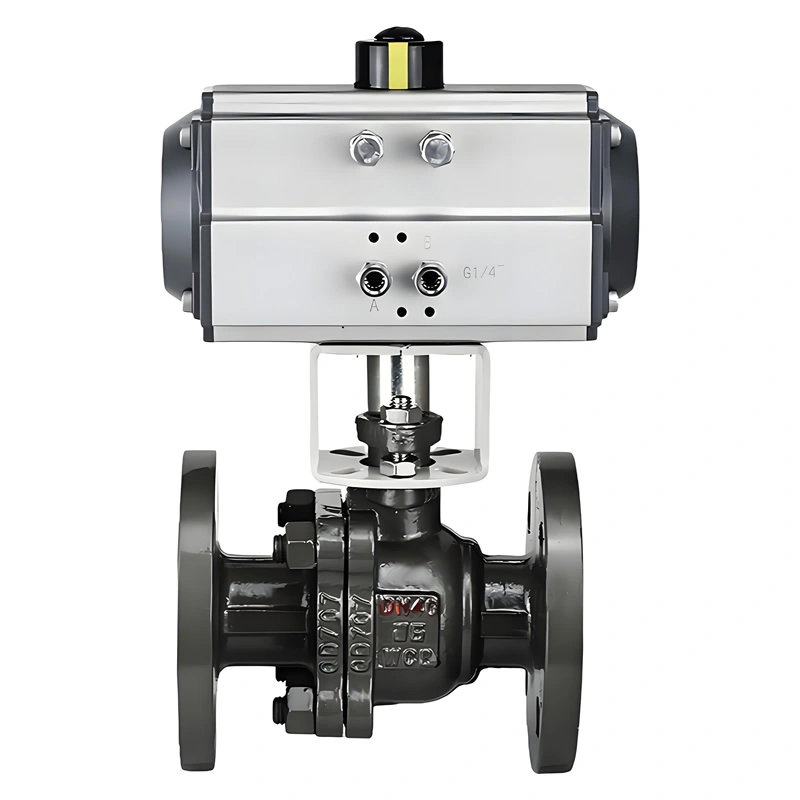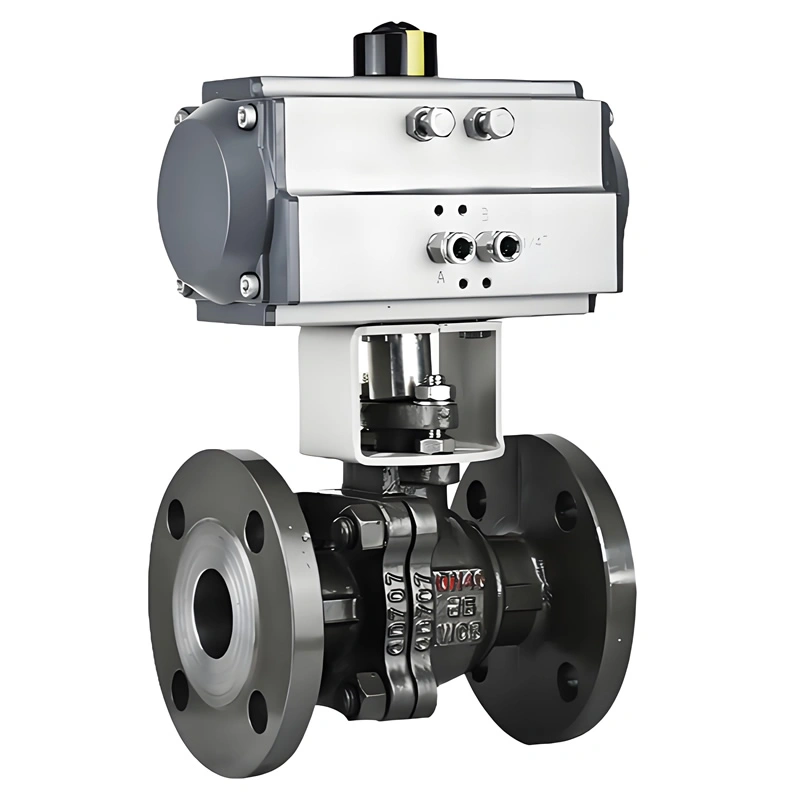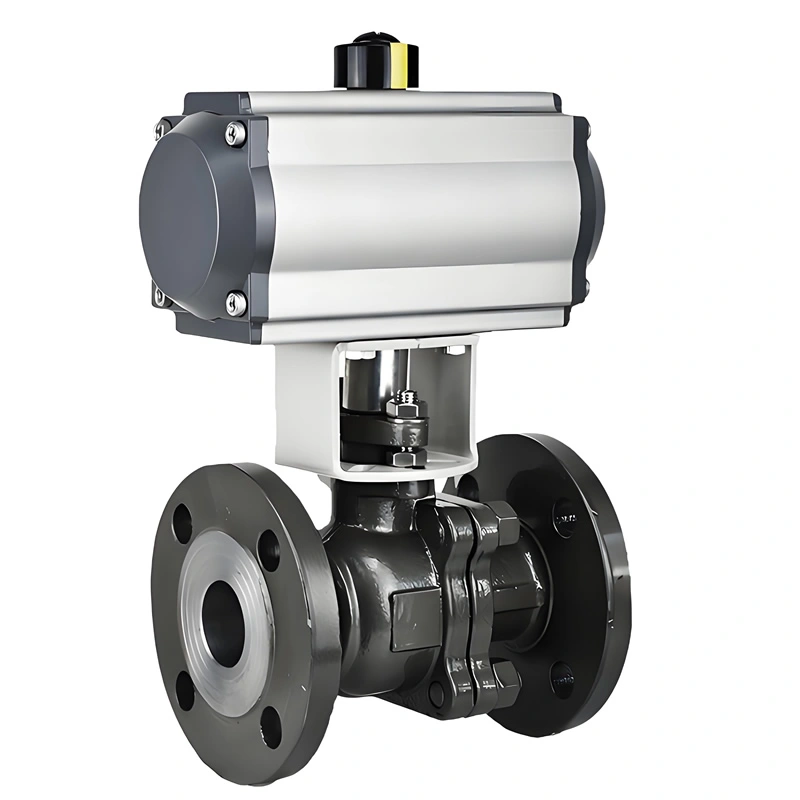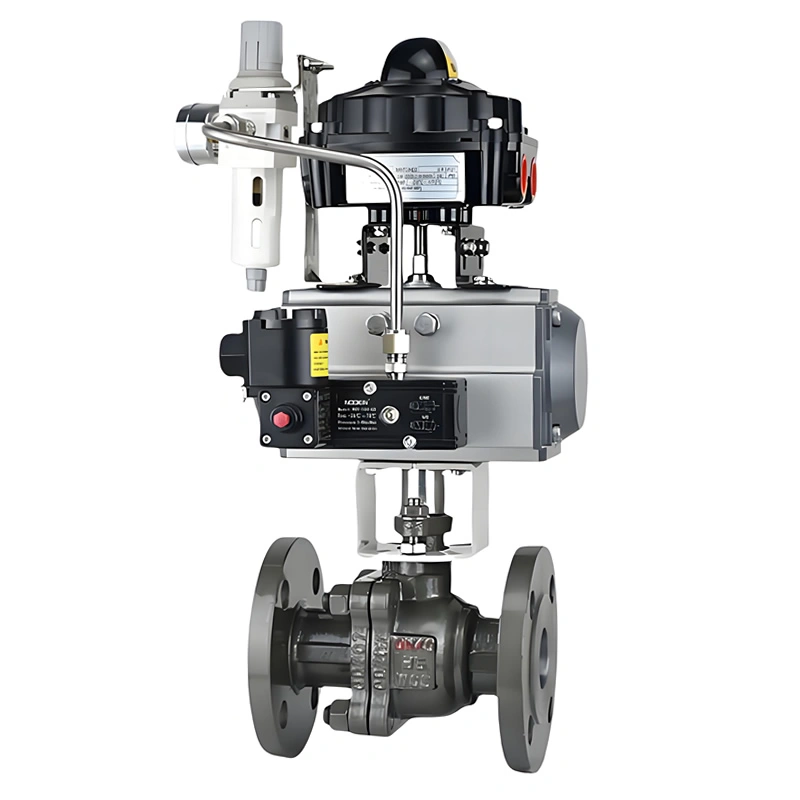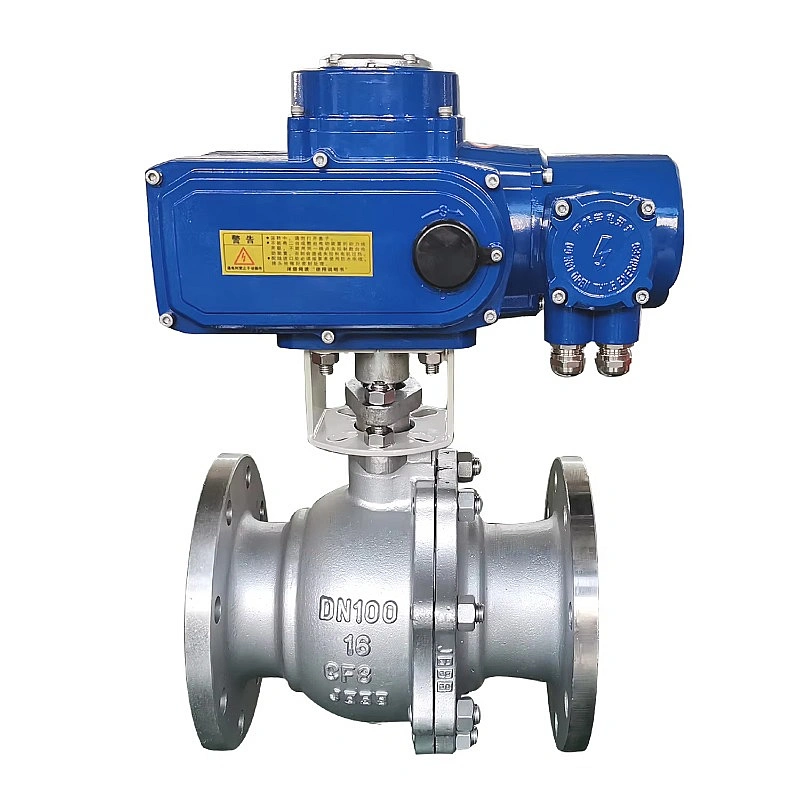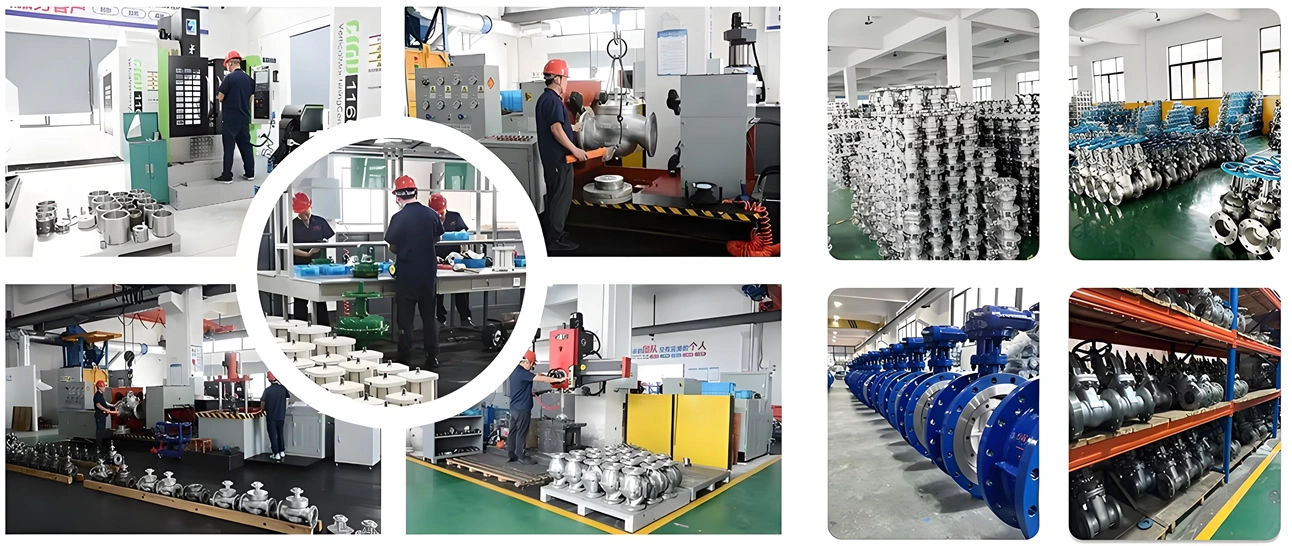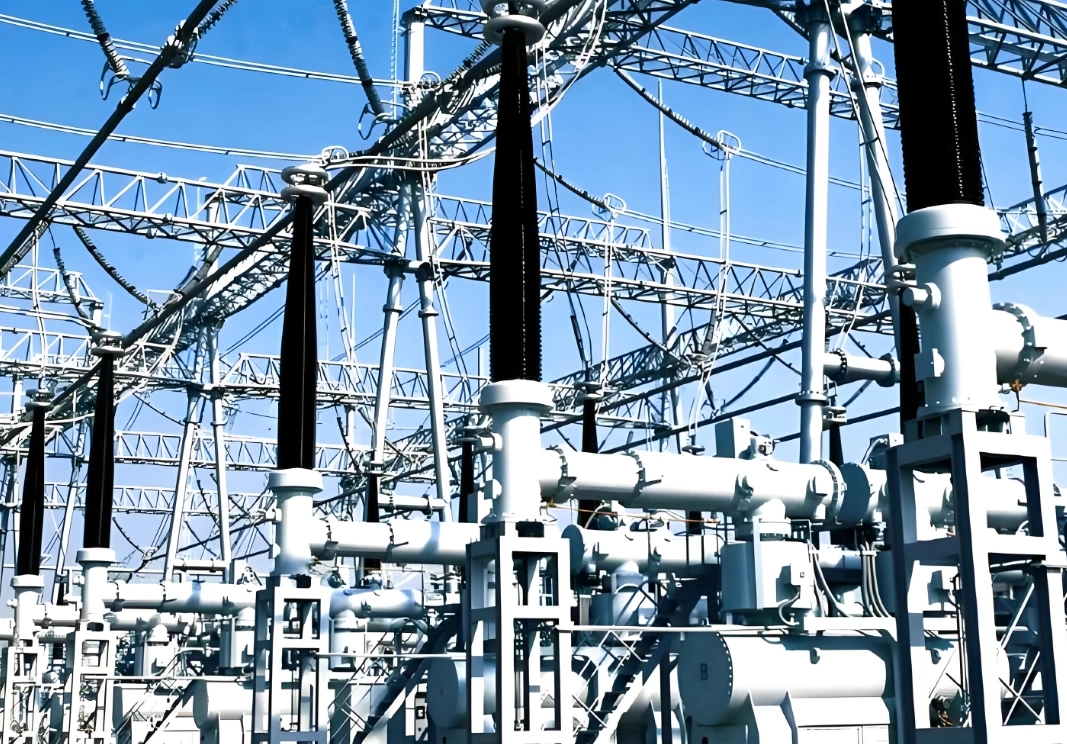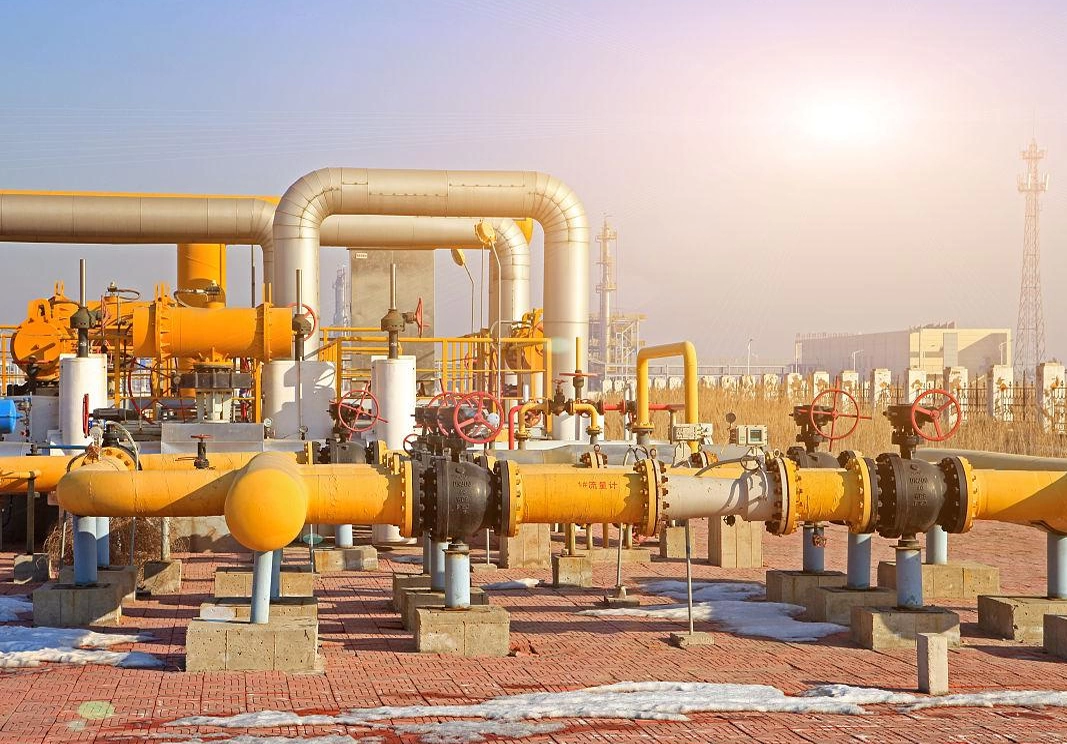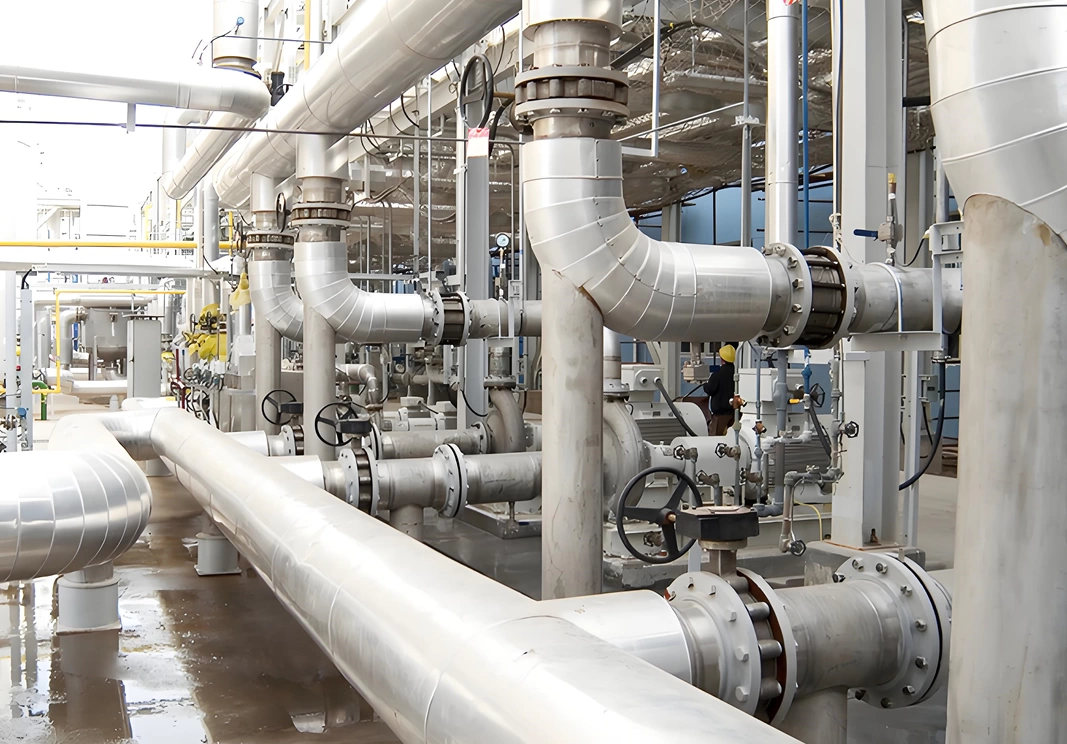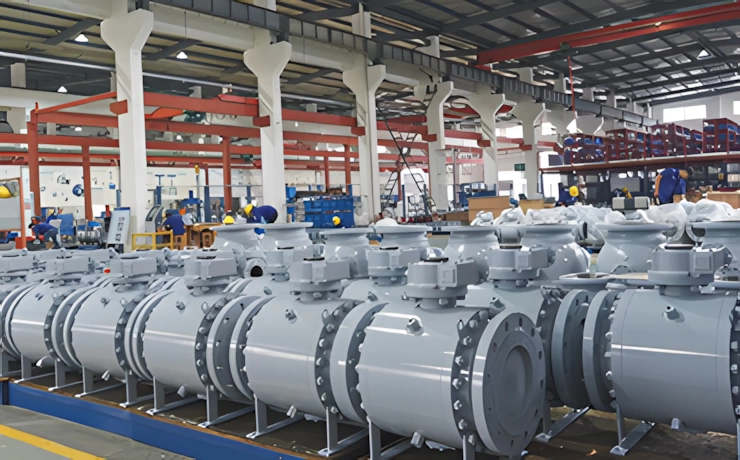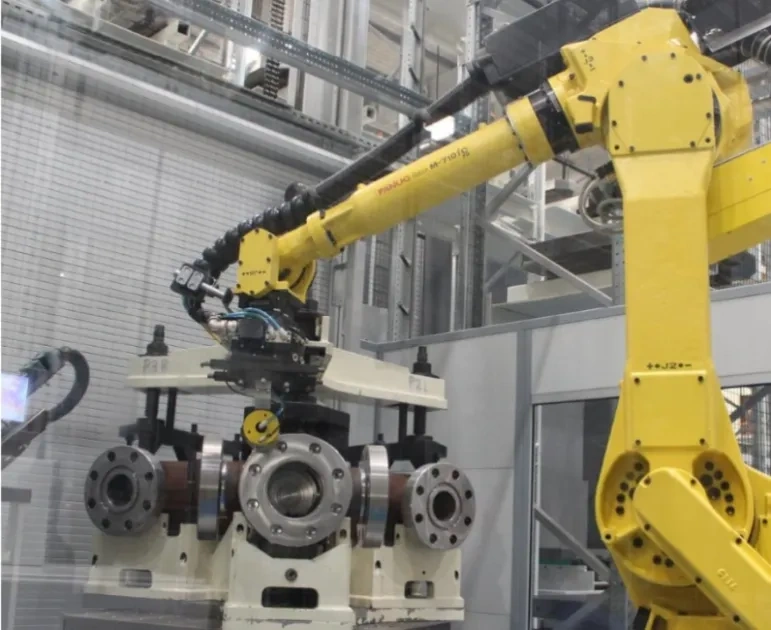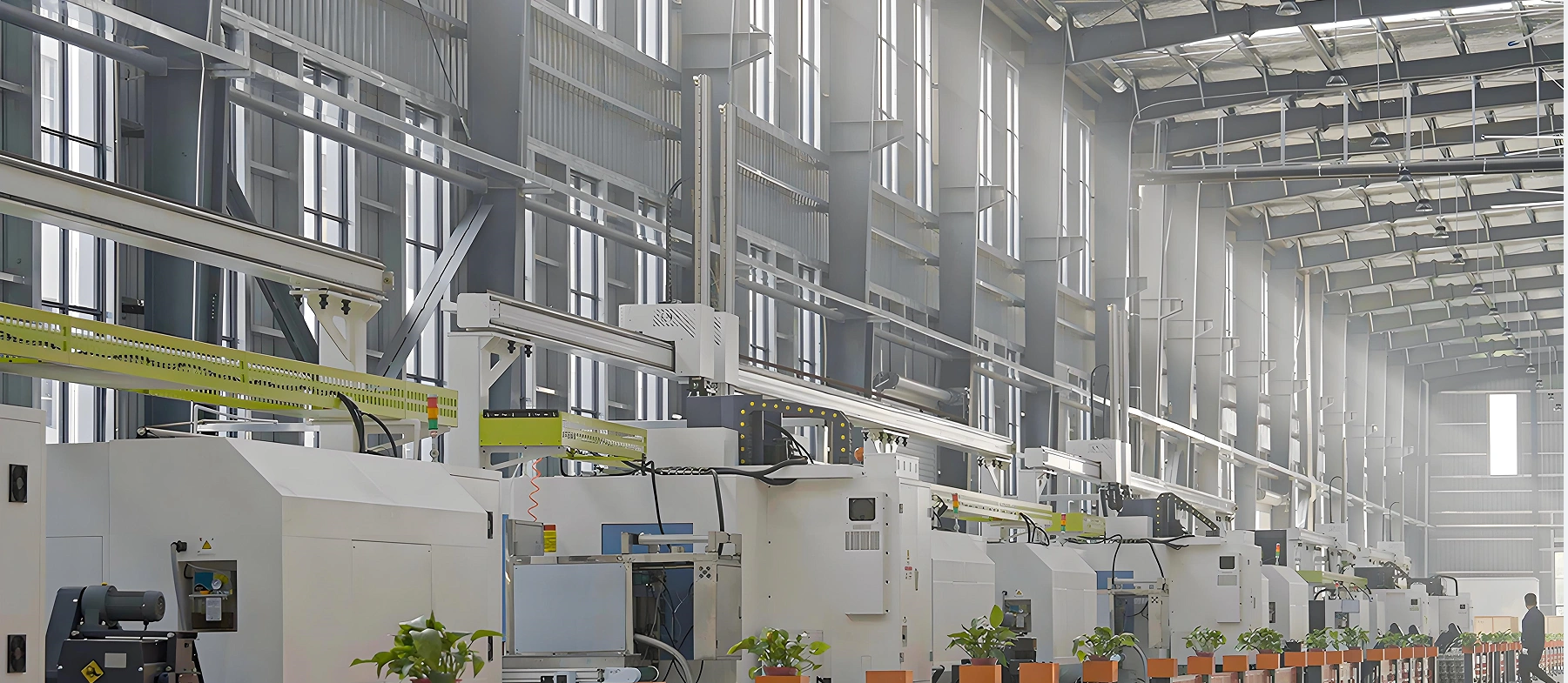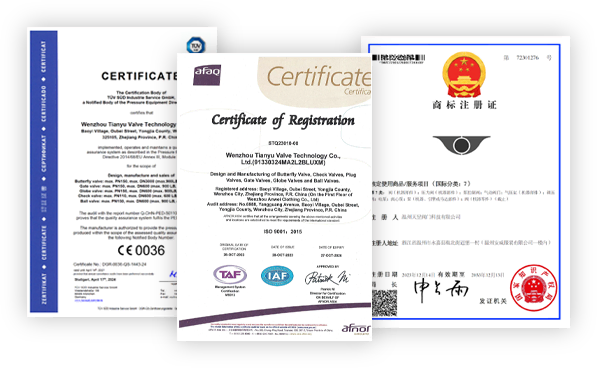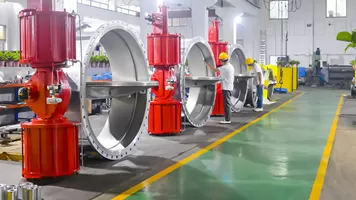CF8M (316 stainless steel) is the material of choice for applications involving corrosive media, chlorides, or humid conditions. Its molybdenum content enhances resistance to pitting and crevice corrosion—critical for coastal facilities, chemical plants, and wastewater treatment systems. For example, in a seawater desalination plant, a CF8M valve maintains integrity for over 10 years, whereas a 304 stainless steel valve would corrode within 2–3 years.
The valve body and bonnet undergo solution annealing (1010–1120℃, water-quenched) to restore corrosion resistance after machining, ensuring the material’s full chemical and mechanical properties are retained. This process is particularly important for valves exposed to aggressive media like sulfuric acid, sodium hydroxide, or saltwater.
The floating ball design is a defining advantage, as the ball is not fixed to the stem—instead, it “floats” within the valve body, shifting under media pressure to press firmly against the downstream seat. This self-enhancing sealing mechanism improves with increasing pressure, delivering ANSI/FCI Class VI bubble-tight performance (≤0.1×DN mm³/min leakage).
In chemical processing applications, this design prevents costly media leakage and environmental contamination. For instance, in a pharmaceutical plant’s API manufacturing line, a CF8M floating ball valve maintained zero leakage of corrosive solvents, ensuring product purity and regulatory compliance.
Pneumatic actuation enables fast, consistent, and labor-saving operation—ideal for high-frequency or remote applications:
- Speed & Consistency: Double-acting actuators open/close the valve in 10–30 seconds (depending on size), ensuring rapid response to process changes. In a water treatment plant’s filtration system, this allows for quick switching between filter beds, improving operational efficiency.
- Fail-Safe Protection: Spring-return actuators provide fail-safe operation, automatically closing (or opening) the valve during air supply loss. In an oil refinery’s fuel line, this prevents media spillage and fire risks, meeting safety regulations (e.g., OSHA, EU REACH).
- Remote Control: Integration with SCADA/DCS systems via position feedback signals enables centralized monitoring and control. For large industrial facilities with multiple valves, this eliminates the need for on-site manual operation, reducing labor costs by 60% and improving safety.
Flanged connections (ANSI B16.5) offer distinct advantages for industrial applications:
- Secure Sealing: The RF flange design, paired with spiral-wound gaskets, ensures leak-tight sealing even under vibration or pressure fluctuations. In a chemical plant’s reactor feed line, this prevents fugitive emissions of hazardous chemicals.
- Easy Maintenance: Flanged valves can be disassembled without cutting pipelines, simplifying inspection, seat replacement, or actuator maintenance. This reduces downtime by 50% compared to welded valves, critical for continuous-process industries.
- Compatibility: ANSI B16.5 compliance ensures compatibility with global pipeline systems, making the valve suitable for multi-vendor projects and international installations.
The availability of FPM, FKM, and PTFE seals ensures compatibility with a wide range of industrial media:
- FPM/FKM Seals: Resist oil, fuel, hydraulic fluids, and most organic solvents, making them ideal for oil and gas, automotive, and manufacturing applications.
- PTFE Seals: Offer chemical inertness to nearly all industrial chemicals (acids, alkalis, oxidizers) and food-grade media, suitable for chemical processing, pharmaceutical, and food & beverage industries.
In a chemical plant’s acid waste treatment system, a PTFE-sealed CF8M valve resisted degradation from hydrochloric acid, while an FPM-sealed valve in an oil refinery’s fuel line prevented leakage of diesel fuel.
- CF8M Verification: Raw material billets undergo spectral analysis to confirm chemical composition (Cr: 16–18%, Ni: 10–12%, Mo: 2–3%) and ultrasonic testing to detect internal defects. Mechanical testing (tensile strength ≥515MPa, yield strength ≥205MPa) ensures compliance with ASTM A351.
- Seal Material Testing: FPM/FKM/PTFE seals are tested for compression set, tensile strength, and chemical resistance at operational temperatures (0℃–65℃) to ensure long-term performance.
- Casting: The valve body and bonnet are produced via investment casting for CF8M stainless steel, ensuring dimensional accuracy and a smooth internal surface. Castings are visually inspected for surface defects (porosity, cracks) and heat-treated to relieve internal stresses.
- Machining: CNC turning and milling centers precision-machine the body, bonnet, and flange faces. Flange dimensions are machined to ASME B16.5 standards, with flatness tolerance ≤0.05mm/m and surface finish Ra ≤3.2μm for proper gasket seating. The ball is ground to a mirror-like finish (Ra ≤0.2μm) to ensure uniform seal contact.
- Stem Machining: Valve stems are CNC-machined from 17-4PH or 316 stainless steel, with a polished surface (Ra ≤0.4μm) to reduce friction and enhance corrosion resistance. The anti-blowout feature is integrated during machining, preventing stem ejection under pressure.
- Actuator Assembly: Pneumatic actuators (aluminum alloy housing) are assembled with precision gears, pistons, and springs. Double-acting actuators are tested for air tightness (0.6MPa pressure, 30-minute hold, no leakage). Spring-return actuators are calibrated to ensure fail-safe operation with the correct return force.
- Valve-Actuator Mounting: The actuator is mounted to the valve via an ISO 5211 adapter flange, with laser alignment to ensure coaxiality (runout ≤0.05mm) and smooth operation.
- Seal Installation: FPM/FKM/PTFE seats are precision-cut and press-fitted into the valve body, with spring loading to compensate for thermal expansion and wear. The ball is inserted, and the bonnet is secured with high-strength bolts to compress the gasket.
- Hydrostatic Testing: The valve undergoes shell testing at 1.5× rated pressure (e.g., 2.4MPa for PN16) and seat testing at 1.1× rated pressure (e.g., 1.76MPa for PN16), with a 30-minute hold time. No leakage, sweating, or deformation is allowed.
- Operational Testing: The valve is cycled 100 times with pneumatic actuation to verify smooth operation, torque consistency, and seal integrity. Cycle time and actuator response are recorded to ensure compliance with specifications.
- Non-Destructive Testing (NDT): Critical welds (if applicable) undergo liquid penetrant testing (PT) to detect surface cracks; cast components are inspected via magnetic particle testing (MPI) for surface defects.
- Visual Inspection: The valve is inspected for surface finish, proper marking (port size, pressure rating, material, serial number), and compliance with ASME B16.34.
- Documentation: Each valve is accompanied by a Material Test Report (MTR) for CF8M steel, hydrostatic test report, and compliance certificates (API 608, ISO 9001).


